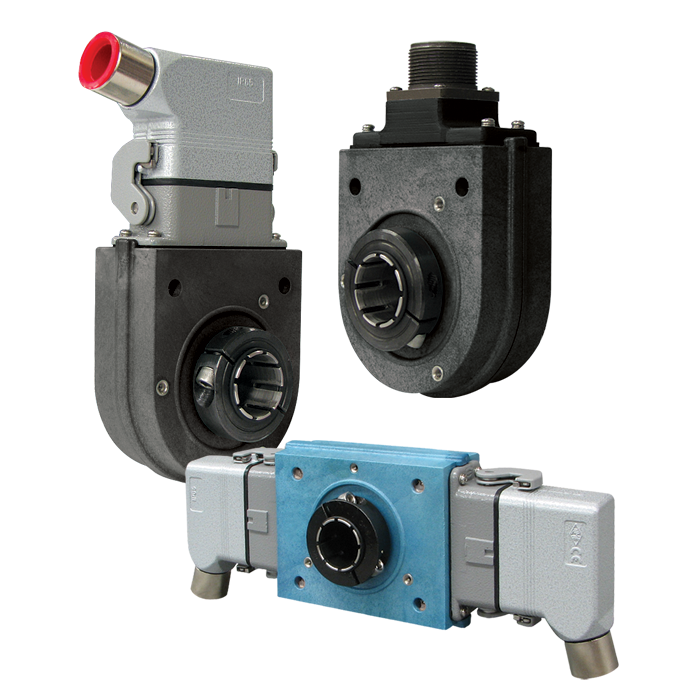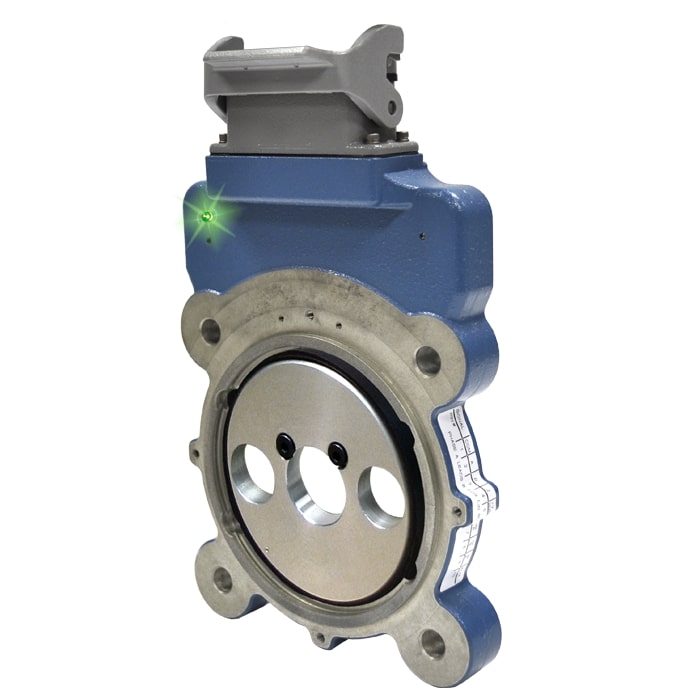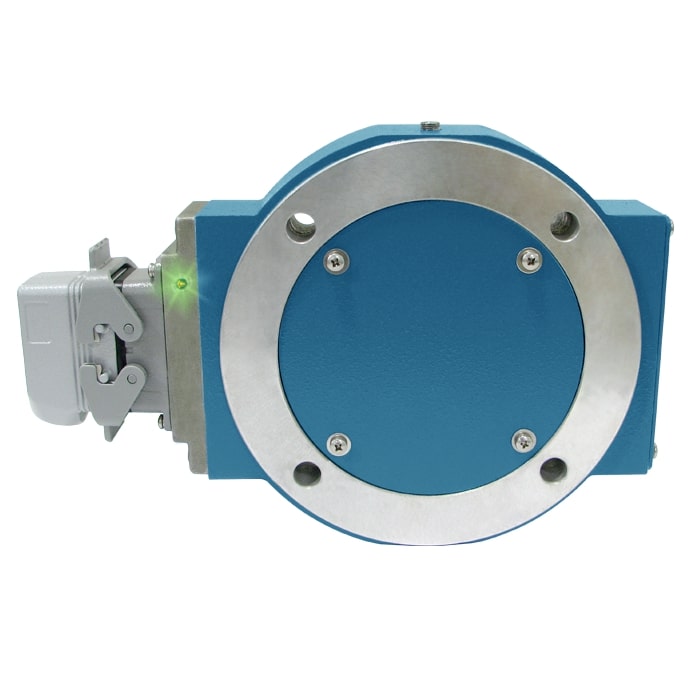INCREMENTAL ENCODERS
What is an Incremental Encoder?
An incremental encoder is a type of rotary encoder that generates a series of electrical pulses as the encoder shaft is rotated. These pulses are used to measure the rotational position, speed, and direction of the shaft.
An incremental rotary encoder is the most commonly used type of encoder. It provides information about the instantaneous position of a rotating shaft. The encoder does this by producing one square wave cycle per increment of shaft movement.
This increment is called the “resolution” of the encoder and it is built directly into the internal hardware of the device. An encoder resolution of 360 means that 360 square wave cycles are produced for every complete rotation of the shaft. By counting the number of cycles, you can determine the position of the shaft relative to its starting position.
By adding one more measured value, time, to the position information, you can determine the velocity (position/time). For example, if a shaft rotates 90 degrees in 1/4 second, the shaft is rotating at 360 degrees in 1 second (1 revolution per second) or 60 RPM. If you measure the changes in velocity over time, you can figure out an acceleration rate for the shaft. The Incremental rotary encoder can tell you position, velocity, and acceleration.

How Does An Incremental Encoder Work?
As the shaft rotates, incremental encoders transform the mechanical motion to electronic signal by generating a fixed number of pulses per one rotation. The number of pulses per revolutions (PPR) defines the encoder’s resolution, or how precise its measurements are.
Incremental Encoder Uses & Applications
Incremental encoders are mostly used where closed loop control is required. Some Industrial applications include motor control systems, tension control, cranes, robotics, and CNC machines. Incremental encoders provide excellent speed and distance feedback, and they are preferred for their simplicity, reliability, and cost-effectiveness.
Looking for a custom solutions?
Do you need custom modifications for your application?
Use the Contact Us form below to tell us what you need.
Contact us

